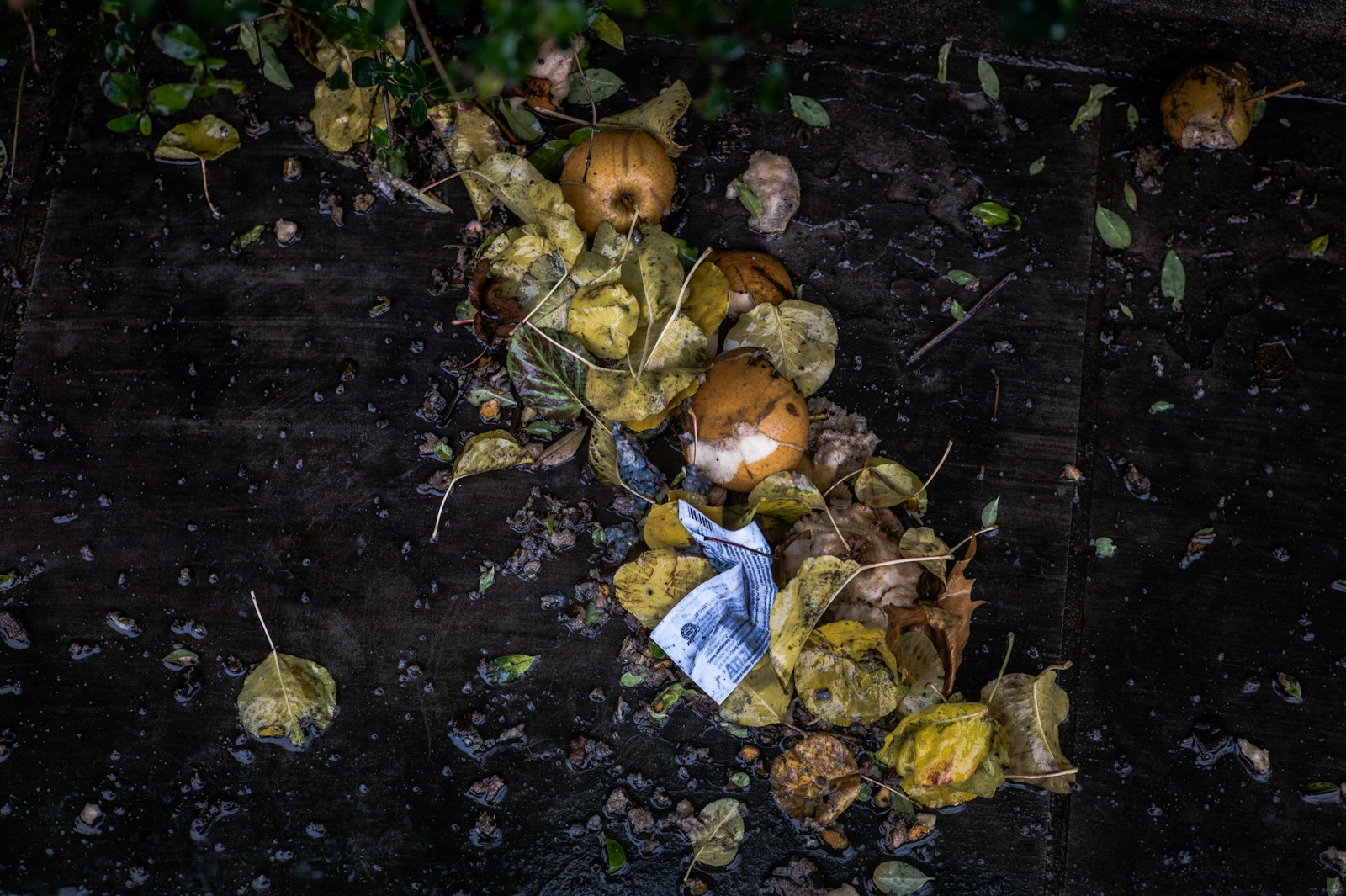Despite a 2030 goal to halve food waste, the U.S. has cut losses by just 2%. The result? Rotting food accounts for 6% of national emissions, surpassing aviation’s carbon footprint.
Key Points at a Glance:
- The U.S. wastes 38 million tons of food annually—enough to fill 700,000 garbage trucks.
- Food waste costs households and businesses $444 billion yearly while 44 million Americans face hunger.
- Only 10 states have enacted food waste laws; federal funding for solutions is 0.1% of USDA’s budget.
- Corporations like Walmart and Kroger refuse to disclose waste data, dodging accountability.
In 2015, the U.S. pledged to slash food waste 50% by 2030. A decade later, progress flatlines at 2%, per a 2025 USDA report. The fallout is staggering: decomposing food in landfills emits more methane than all U.S. airlines combined, accelerates biodiversity loss via excess farming, and drains reservoirs through inefficient irrigation.
“We’re stuck in a cycle of hypocrisy,” says Dana Gunders, executive director of ReFED. “Grocery stores trash produce for cosmetic flaws as food banks beg for donations. Meanwhile, taxpayers fund subsidies that incentivize overproduction.”
Why the U.S. Is Stuck at 2%
- No Federal Mandates: Unlike the EU’s strict waste laws, the U.S. relies on voluntary corporate pledges. Companies like Tyson Foods and Publix avoid transparency, with 78% of retailers failing to report waste figures.
- Misaligned Incentives: Farmers overplant to secure loans, then discard surplus. USDA subsidies for corn and soybeans encourage glut, while programs to rescue excess crops receive $50 million annually—less than 0.01% of farm bill spending.
- Consumer Confusion: “Best by” labels—unregulated by the FDA—cause 80% of Americans to toss edible food.
Cities Leading Where DC Lags
While federal efforts stall, local initiatives show promise:
- Nashville, TN: Cut landfill waste 40% via curbside compost pickups and “ugly produce” discounts.
- San Diego, CA: Redirects 30K tons/year of grocery surplus to food-insecure neighborhoods using AI-driven routing.
- Massachusetts: Bans businesses from trashing over 1 ton of food weekly, enforcing composting or donations.
Yet these remain outliers. Only 3% of U.S. cities offer curbside compost services, compared to 90% in Germany.
Corporate Greenwashing vs. Real Action
Some companies tout progress:
- HelloFresh: Reduced waste 28% by optimizing portion sizes and selling “imperfect” meal kits.
- Kellogg’s: Upcycles 85% of cereal scraps into beer and snacks.
But critics argue these are drops in the bucket. Walmart, the nation’s largest grocer, still wastes $16 billion in unsold food yearly—equal to Nicaragua’s GDP.
The $1.8 Trillion Solution No One Funds
ReFED estimates that a $18 billion/year investment in waste tech could yield $1.8 trillion in economic and environmental benefits by 2030. Key strategies:
- Anaerobic Digesters: Convert food waste to energy, already cutting emissions 12% in Wisconsin.
- Dynamic Pricing Apps: Alert shoppers to discounted near-expiry items, piloted by Stop & Shop.
- Upcycled Food Hubs: Turn brewer’s grain into flour and wilted greens into chips—a market projected to hit $80 billion by 2032.
Yet Congress allocated just $30 million to food waste programs in 2024—a fraction of the $20 billion spent annually on landfill management.
“We’re Fiddling While the Planet Burns”
The USDA and EPA face backlash for weak oversight. A 2024 GAO audit found that 60% of federal food waste grants went to PR campaigns, not infrastructure. “Agencies are checking boxes, not driving change,” says Rep. Chellie Pingree (D-ME), who’s pushing binding waste targets.
Without urgent action, the U.S. will miss its 2030 goal by 48 years—a delay that could warm the planet by 0.5°C alone.
